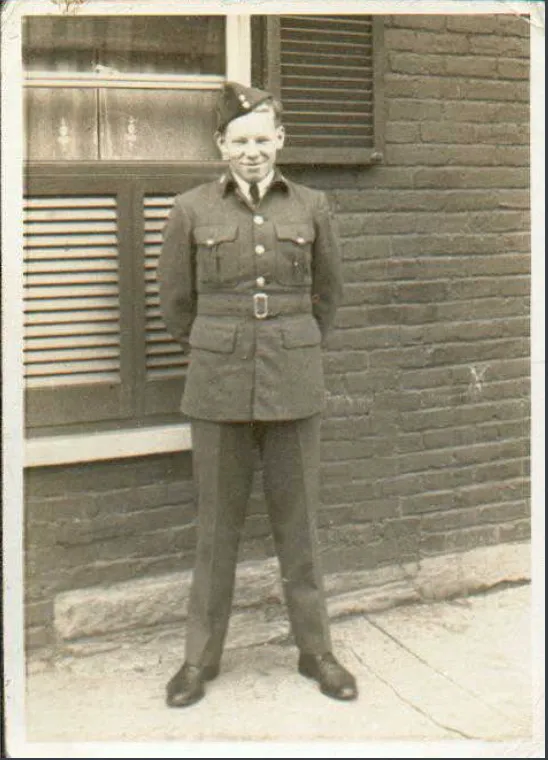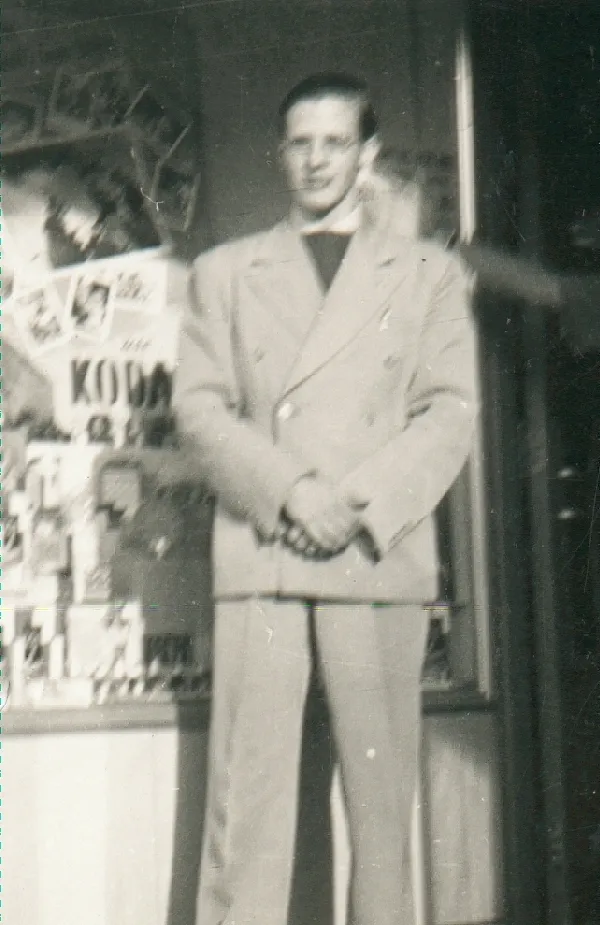Pearson, William James (Flight Sergeant)
Killed in Flying Accident 1943-December-31
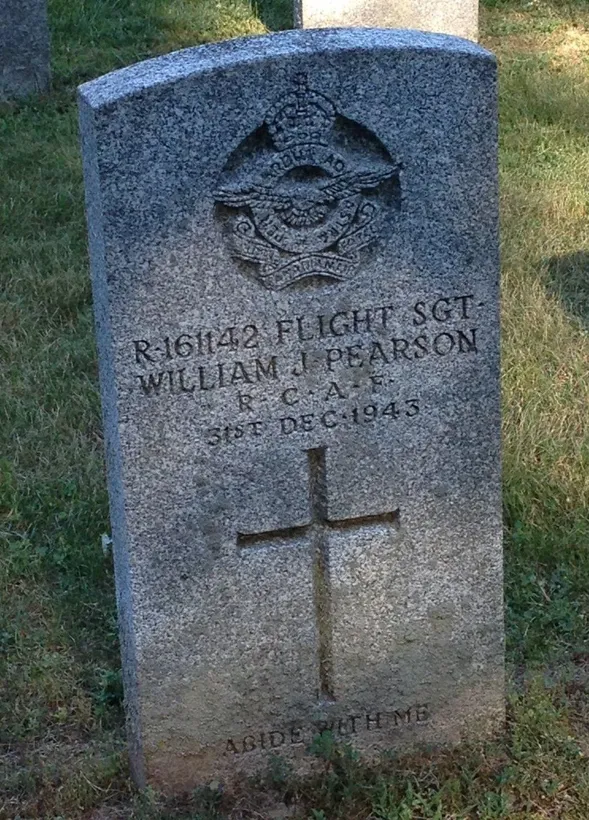

Birth Date: 1923
Born:
Parents: Son of Leo James Pearson and Lottie G. Pearson, of Hamilton, Ontario.
Spouse:
Home: Hamilton, Ontario
Enlistment:
Enlistment Date: unkown date
Service
RCAF
Unit
10 BGS- Bombing & Gunnery School
Base
Mount Pleasant, Prince Edward Island, Canada
Rank
Flight Sergeant
Position
Pilot
Service Numbers
R/161142
Home
Crew or Other Personnel
Battle 2057
Battle serial: 2057
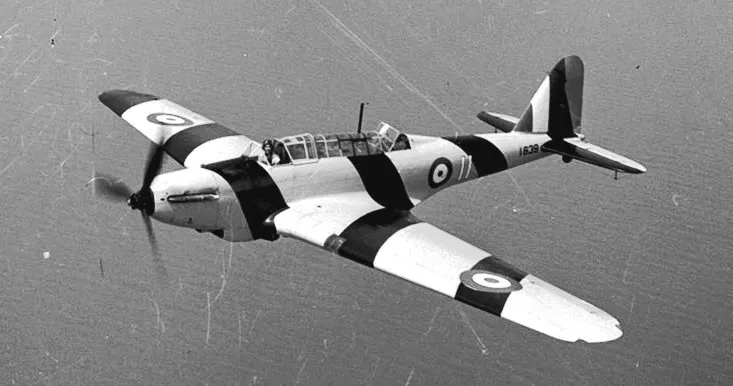
Fairey Battle, RCAF (Serial No. 1639), wearing target towing stripes, used in bombing and gunnery training, July 1941.
The Fairey Battle is a British designed single engine light bomber, used as a trainer in the RCAF. The Battle was powered by the same high-performance Rolls-Royce Merlin piston engine that powered various contemporary British fighters including the Spitfire. It was, however significantly heavier, with its three-man crew and bomb load. Although it was a great improvement over the aircraft that preceded it, the Battle was relatively slow and limited in range. It was only armed with two .303 in machine guns facing the rear, and was found to be highly vulnerable to enemy fighters and anti-aircraft fire.
The Fairey Battle participated in direct combat missions during early stages of the Second World War and earned the distinction of attaining the first aerial victory of an RAF aircraft in the war. In May 1940 the Battle suffered heavy losses, frequently in excess of 50 percent of aircraft sortied per mission. By the end of 1940 the type had been entirely withdrawn from active combat service, and was relegated to training units overseas, with many serving in Canada.
The RCAF received its first batch of eight Battles in August 1939, at RCAF Station Borden, Ontario. A total of 802 Battles were eventually delivered from England, serving in various roles and configurations, including dual-control trainers, target-tugs, and gunnery trainers for the Bombing and Gunnery schools of the Commonwealth Air Training Plan. Canadian use of the Battle declined as more advanced aircraft, such as the Bristol Bolingbroke and the North American Harvard were introduced. Battles remained in RCAF service until shortly after the end of the war hostilities in 1945. No. 111, 115 and No. 122 Squadrons of the RCAF flew Battles.
Fairey Battles were not manufactured in Canada, but they were assembled, serviced and modified here, including the installation of turrets at the Canadian Car and Foundry plant in Montreal. Harold Skaarup web page with revisions
Aircraft Images
Battle 2057
Battle Mk. I 2057
Ex RAF K9395. TOS 14 July 1941 at MacDonald Bros, Winnipeg. To No. 2 Training Command 13 Sept 1941 for No. 3 Bombing & Gunnery School, Macdonald, Man. To Central Aircraft, London 15 Apr 1943. Converted to target tug, transferred to No. 3 Training Command 24 Nov 1943 for No. 10 Bombing & Gunnery School, Mount Pleasant, PEI. Dove into ground with streaming drogues 3 m S of Mount Pleasant, 31 Dec 1943, Cat A write-off. Sergeant W.J. Pearson, AC2 D.M. Scanlon and H.W. Huntula were killed. To No. 4 Repair Depot, Scoudouc NB for salvage, 11 Jan 1944; SOS 28 Mar 1944 as scrap.1941-07-14 Taken on Strength 2019-08-20
1943-December-31 Accident: 10 Bomb & Gunnery School Loc: Aerodrome Names: Huntula | Pearson | Scanlon
1944-03-28 Struck off Strength 2019-08-20
Unit Desciption
10 BGS (10 Bomb and Gunnery School)
The Bombing and Gunnery School (B&GS) offered instruction in the techniques of bomb aiming and aerial machine gunnery to Air Observers, Bomb Aimers, and Wireless Air Gunners. These schools required large areas to accommodate their bombing and gunnery ranges, and were often located near water. The Avro Anson, Fairey Battle, Bristol Bolingbroke, and Westland Lysander were the standard aircraft used at B&GS schools.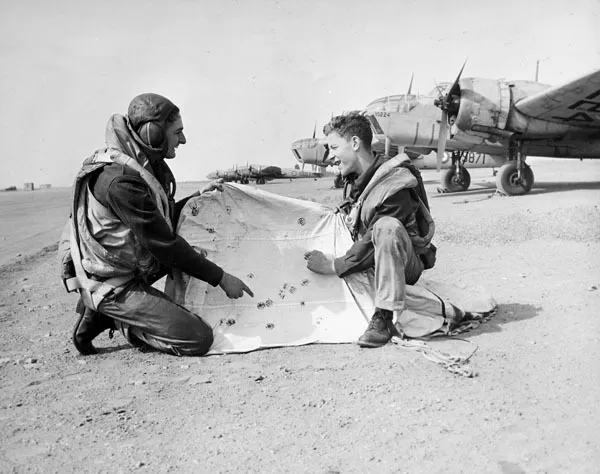
RCAF.info - RCAF Station Mount Pleasant PEI
